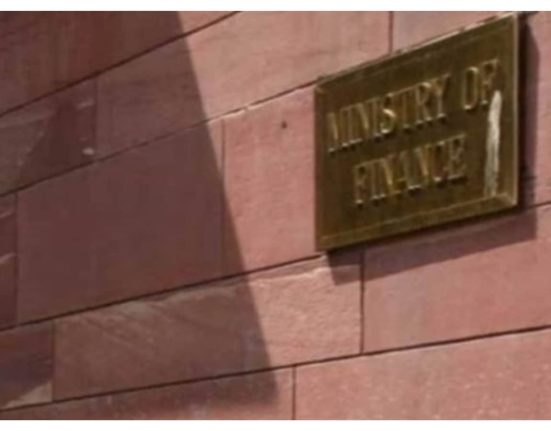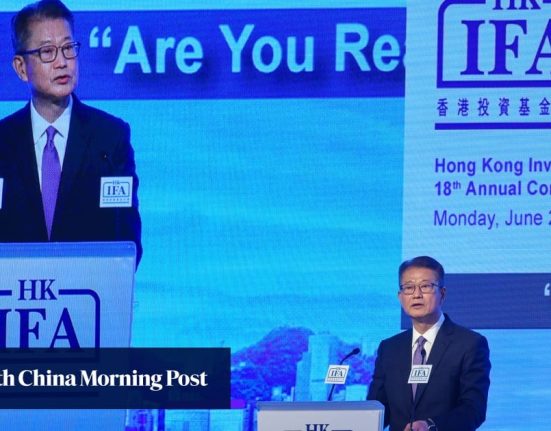
The inflows follow a 50-basis-point interest rate cut by the Reserve Bank of India (RBI) at its most recent Monetary Policy Committee (MPC) meeting, a move aimed at spurring growth amid controlled inflation levels.
RBI Rate Cut and Global Calm Spur Inflows
The inflows follow a 50-basis-point interest rate cut by the Reserve Bank of India (RBI) at its most recent Monetary Policy Committee (MPC) meeting, a move aimed at spurring growth amid controlled inflation levels. According to ANI, which cited NSDL data, the RBI’s dovish stance has created a favourable environment for risk-on investing.
“India is well-positioned as a preferred destination for foreign investors, given its macroeconomic stability and the current accommodative policy stance,” said a senior analyst with a Mumbai-based brokerage.
India Seen as Bright Spot in Emerging Markets
Foreign investor optimism is being fuelled by a combination of robust GDP growth projections, stable inflation, infrastructure spending, and rural consumption trends, all of which paint a promising medium-term outlook for India’s equity markets.
Sector-Specific Momentum Adds to Appeal
Institutional flows have also been guided by sectoral tailwinds, particularly in banking, infrastructure, and FMCG stocks, which are benefiting from early monsoon progress and government-led capital expenditure.
“Institutional investors are looking for consistent growth and stability — India is currently offering both,” said a fund manager with a leading foreign institutional investor (FII) based in Singapore.
According to market participants, institutional buying trends, commodity price stability, and monsoon-dependent consumption are likely to determine the short-term trajectory of FPIs into July.
Year-to-Date FPI Activity: From Outflows to Recovery
The latest inflow figures reflect a remarkable reversal from early-2025 trends. In January and February, FPIs had pulled out Rs 78,027 crore and Rs 34,574 crore, respectively, amid global volatility and policy uncertainty. A smaller outflow of Rs 3,973 crore was recorded in March.
However, May 2025 witnessed a net FPI inflow of Rs 19,860 crore, the highest monthly inflow this calendar year, suggesting a shift in strategy by global funds toward high-growth markets.
Cumulatively, with June’s recovery, the net FPI trend is now moderately positive for the first half of FY26, reflecting increased confidence in India’s growth story amid a recalibration of global capital flows.






